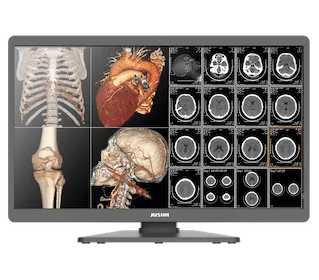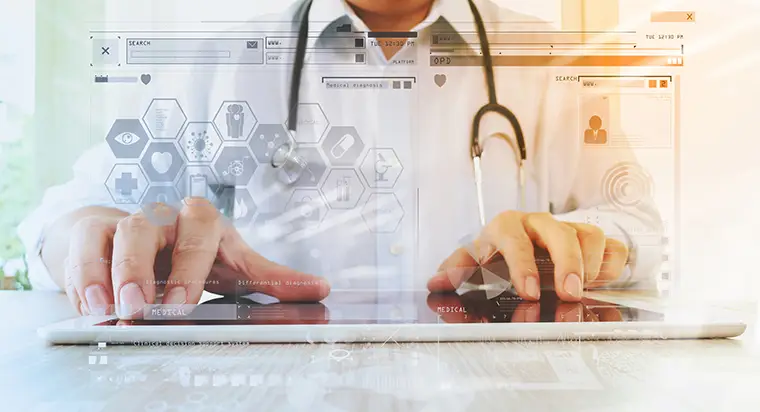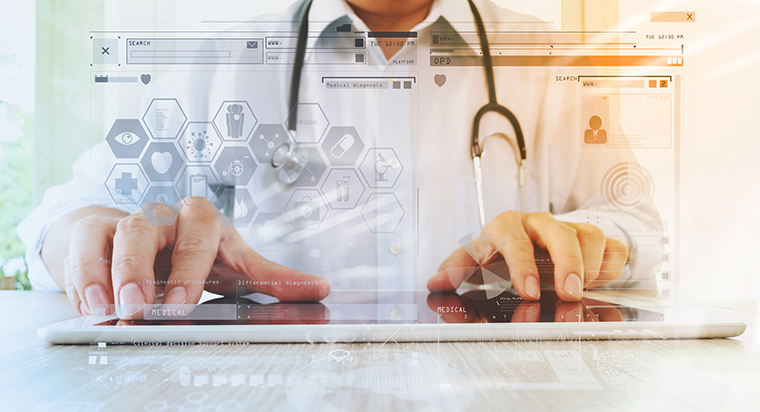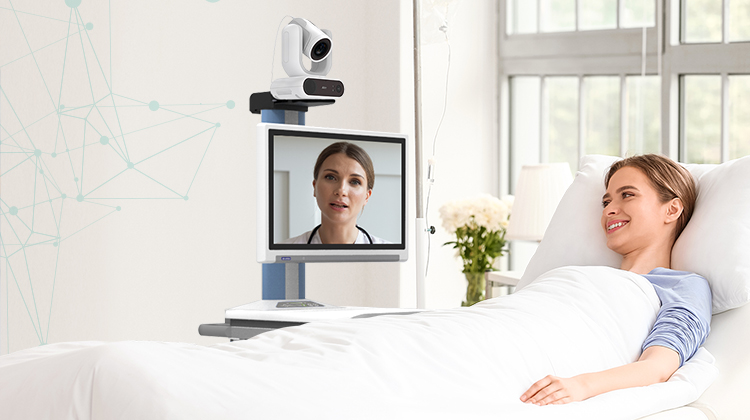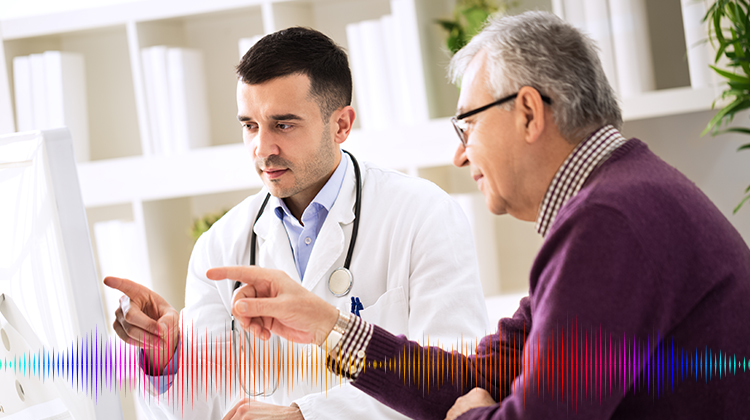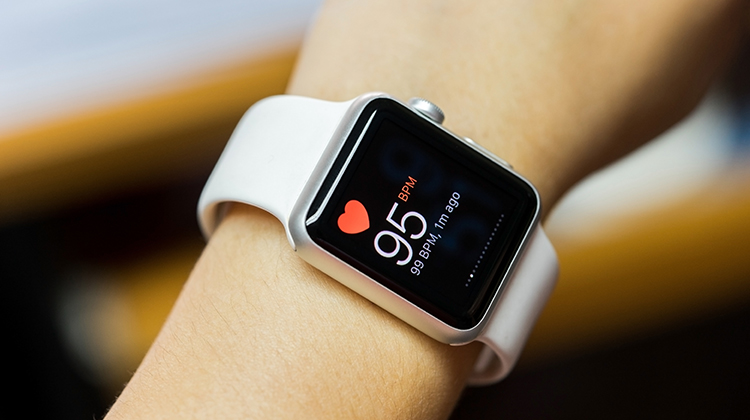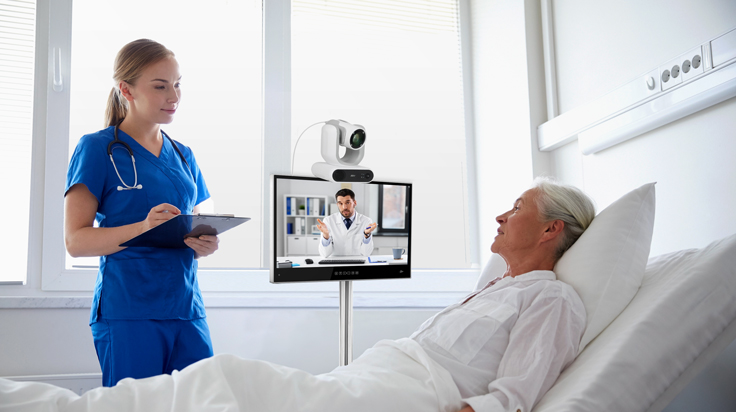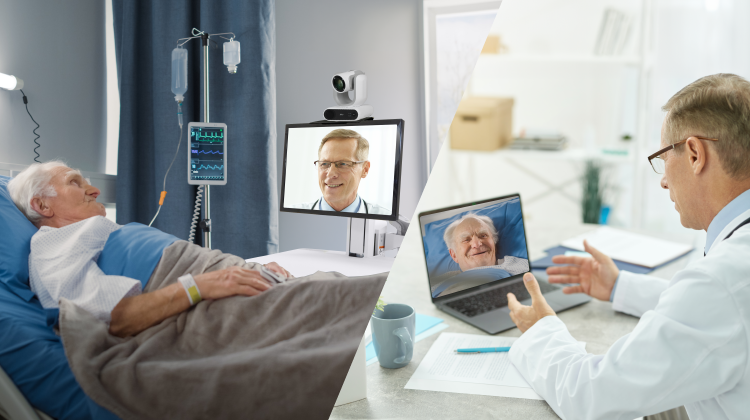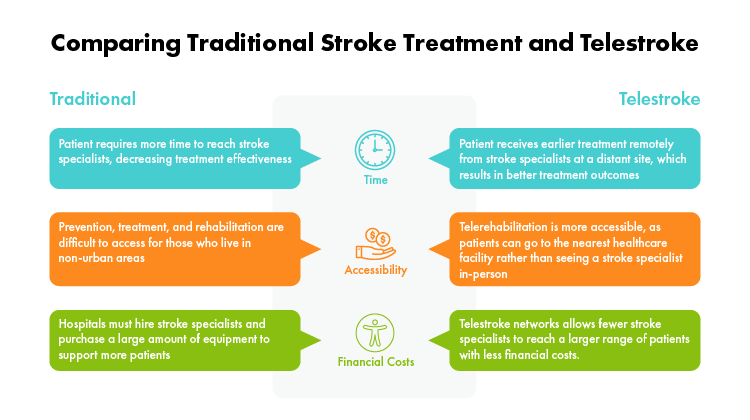Enhancing Medical Imaging with the JUSHA-C820G Monitor
Introduction
The JUSHA-C820G monitor is designed to meet the highest standards in medical imaging. With features like DICOM calibration, integrated front sensors, and ambient light adaptation, it ensures accurate and reliable diagnostics. In this blog post, we’ll explore these features in detail and how they contribute to superior medical imaging.
DICOM Calibration
!DICOM Calibration
The JUSHA-C820G monitor complies with the DICOM 3.14 standard and includes a dynamic LUT. This ensures accurate and stable lesion diagnosis at any brightness, contrast, and color temperature. For more details on DICOM standards, you can visit DICOM Standards.
Integrated Front Sensor
!Integrated Front Sensor
Users can customize the black point, white point, and environmental brightness of the DICOM curve. Additionally, built-in sensors measure display brightness in real-time, automatically adjusting to the best settings and complying with DICOM standards. Learn more about our sensor technology.
JUSHA Qualitas QA Compatible
!JUSHA Qualitas QA
Users can check and calibrate the monitor themselves, which reduces the effects of panel aging. Consequently, this prolongs the monitor’s lifespan and ensures more accurate images. Discover more about JUSHA Qualitas QA.
Independent Dual Input Setup
!Independent Dual Input Setup
You can independently change the image settings for different video sources, such as calibration mode, resolution, and color depth. Thus, different image modes meet various requirements. Check out our video input options.
Ambient Light Adaptive and Compensation
!Ambient Light Adaptive
The monitor measures ambient light in real-time and adjusts the display accordingly to ensure accurate diagnosis. For further reading on ambient light sensors, visit Ambient Light Sensors.
SmarTouch
!SmarTouch
Medical image diagnosis often requires high brightness, which can damage eyesight with long-term use. To solve this, we offer a one-key brightening function. You can switch the display brightness between normal and maximum with a simple shortcut key, thereby providing great convenience. Learn more about SmarTouch technology.
X-ray Film View (XFV)
!X-ray Film View
The XFV can increase the monitor’s brightness to its peak value, replacing the traditional Lightbox for film reading and, as a result, increasing work efficiency. Find out more about X-ray Film View.
Conclusion
The JUSHA-C820G monitor is a powerful tool for medical imaging, offering a range of features that ensure accuracy, reliability, and convenience. By integrating advanced technologies like DICOM calibration, integrated front sensors, and ambient light adaptation, it sets a new standard in medical diagnostics.
For more information, visit our product page. JUSHA-C820G


